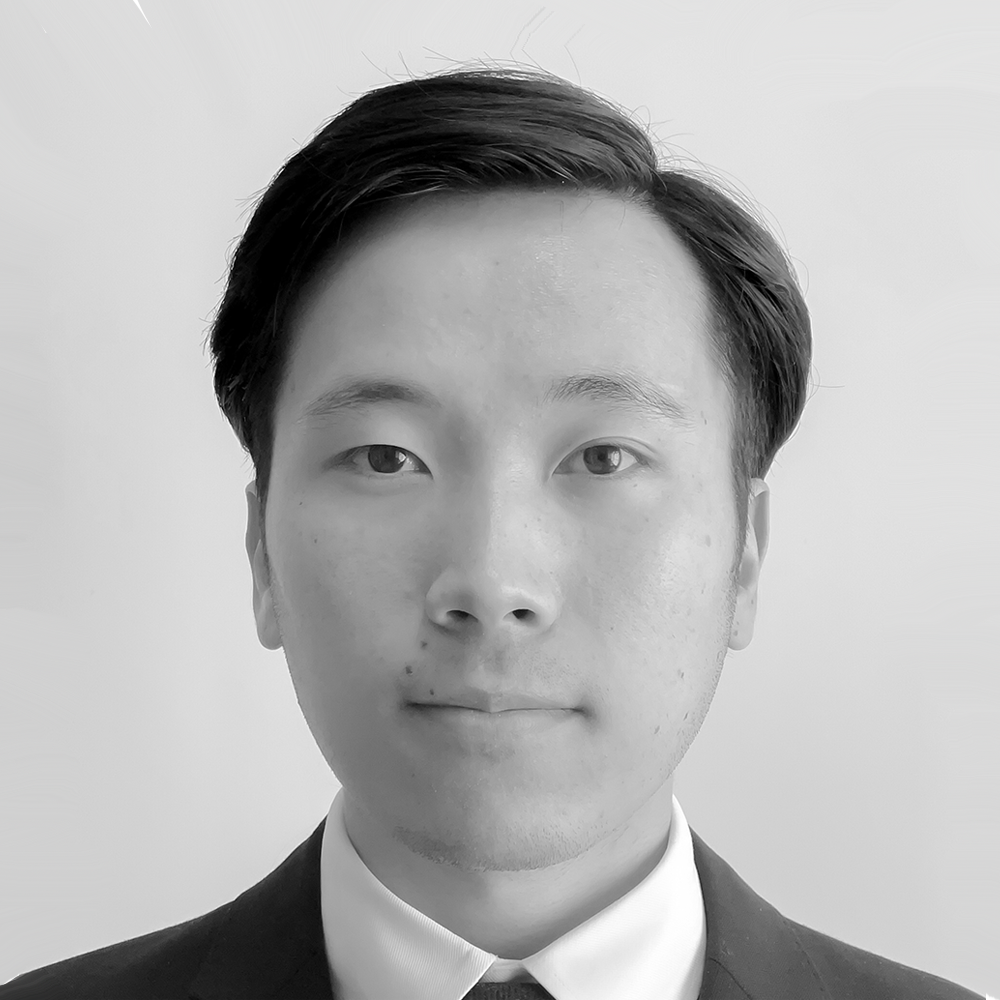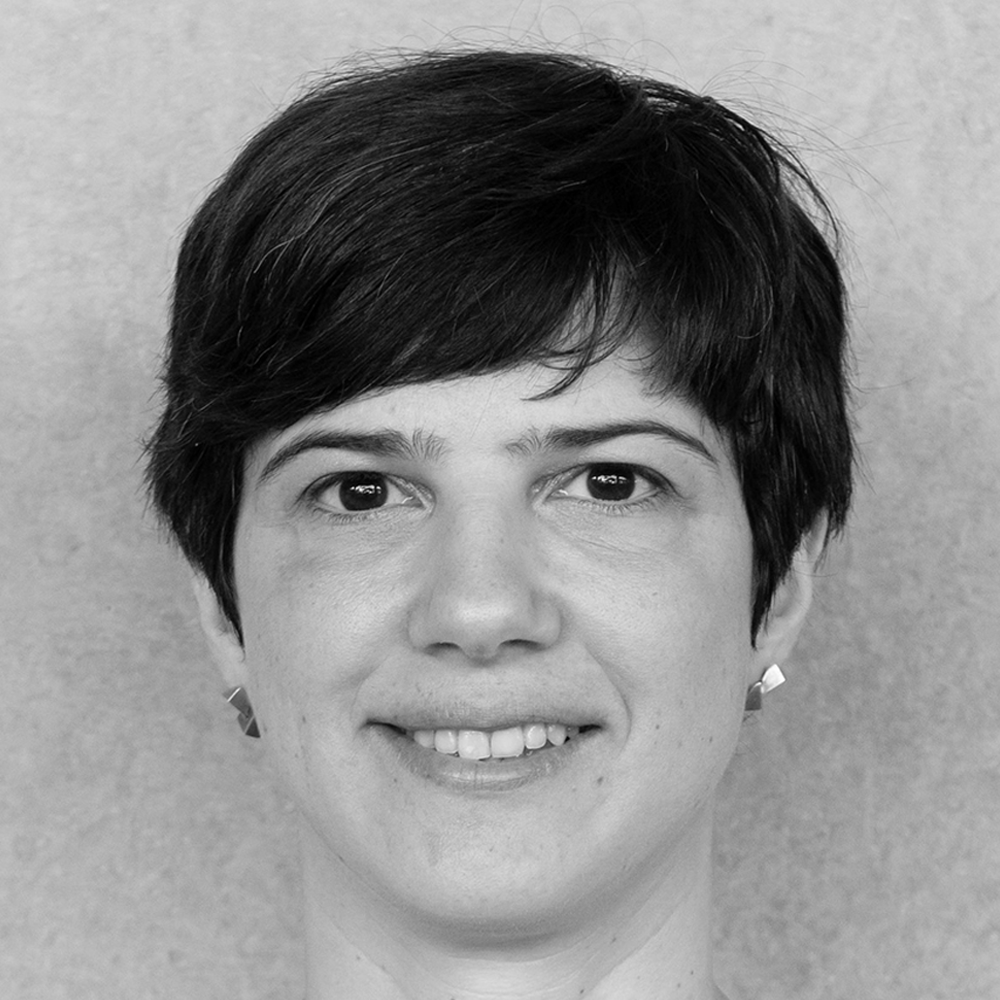Session 8A – Augmented Reality
Thursday 1 April, 09:30 – 11:00 // Session Chair: Nayeon Kim
272 – A Study on Chair Design by Interactive Three-Dimensional Modelling Using Sketching Interface
Thursday 1 April, 09:30, Session 8A
Masashi Naruse, Toyohashi University of Technology
Bileguutee Ulemjjargal, Toyohashi University of Technology
Akihiro Mizutani, Toyohashi University of Technology
This paper discusses the potential derived by developing a sketching interface to achieve an intuition-oriented design process for beginners, focusing on fabrication. Using experiments and a questionnaire, we evaluate both the method developed and the change in the consciousness of participation in full-scale 3D (Three Dimensional) design. A specific feature of the developed sketching interface is that it is not fully packaged; it means designers can modify and customize a tool to their needs. However, there was no difference between the sketching interface and ordinary 3D CAD (Computer-Aided Design) in increasing the motivation to use computers to fabricate; including a customizable feature (not fully packaged) could open up the possibilities of increasing motivation for the subjects to participate in the fabrication. The experiment results demonstrated that the sketching interface input system has equivalent reproducibility to existing 3D CAD, and even beginners can intuitively and immediately realize fabrication.

M.S. student within the Architecture and Civil Engineering Studies at Toyohashi University of Technology. Born in Japan in 1998. National Institute of Technology, Toyota College, in 2018, Toyohashi University of Technology.

Ulemjjargal Bileguutee is a M.S. student within the Architecture and Civil Engineering Studies at Toyohashi University of Technology. His thesis is concerned with the experiences of non-interactive and interactive VR and their contributions to understanding usage of VR in architecture. Bileguutee was born in Mongolia in 1994 and started studying in Japan since 2014. In 2014, JASSO Tokyo Japanese Language Education center, in 2015, National Institute of Technology, Toyota College, in 2018, Toyohashi University of Technology.

Specialized research fields are architectural design, urban design, and digital design. Born in Japan in 1983, Architect, PhD. (Engineering), PhD. from Shibaura Institute of Technology in 2013, Kengo Kuma and Associates in 2009, SAITO ASSOCIATES in 2010-14, Assistant Professor at Toyohashi University of Technology in 2014, Lecturer at the same university in 2017, Associate Professor at the same university in 2019. Part-time lecturer at Tokyo Denki University and Shibaura Institute of Technology.
447 – A User-Centred Focus on Augmented Reality and Virtual Reality in AEC
Thursday 1 April, 09:45, Session 8A
Müge Belek Fialho Teixeira, QUT
Kieu Pham, QUT
Glenda Caldwell, QUT
Jennifer Seevinck, QUT
Levi Swann, QUT
Markus Rittenbruch, QUT
This paper presents insights into the opportunities and barriers for using augmented reality (AR) and virtual reality (VR) in the architecture, engineering and construction (AEC) industry by contextualizing how their adoption is leveraged in practices. Based on a review of literature, a qualitative study using semi-structured interviews was conducted with thirteen participants from AEC industries between five and thirty years of experience. Interviews were conducted face-to-face and virtually using questions focusing on participants’ experiences, perceptions of, and opinions about the use of AR/VR in AEC practice. Qualitative dissemination of key insights highlighted immediate and future possibilities for AR/VR, with current limitations that require future investigation from a user-centred perspective. Suggesting a XR-PACT framework, this paper frames key directions for future research to address current limitations and explore new opportunities that positively impact architecture and other professions, communities of building users.

Müge is a creative maker and transdisciplinary designer, specialized in advanced manufacturing, digital fabrication, and parametric design. She is one of the chief investigators of QUT’s Design Robotics project and ARM Hub. She has worked with prominent architectural firms such as Zaha Hadid Architects, taught in several institutions including AA Visiting Schools, published articles, gave interviews, and presented in many international conferences and exhibitions. She has also been awarded in multiple competitions and events on the future of architecture and the use of novel digital technologies. Currently, she is a Senior Lecturer in QUT Faculty of Engineering, Interior Architecture.
Kieu Pham is a PhD candidate and Research Associate from the School of Architecture and Built Environment at the Queensland University of Technology (QUT). Her research background is in building science and architecture, covering topics relating to occupant behavioural modelling, building performance and climatic design.

Dr Glenda Amayo Caldwell is a senior lecturer in Architecture at the Queensland University of Technology. Her research focuses on the effect technology has on the experience of the city, exploring how opportunities for social interaction can occur within the digital and physical layers of the urban environment.

Jen Seevinck is a practitioner, researcher and Senior Lecturer in Interaction Design and Visual Communication. Her interests include creative health, interactive experience, visualisation, science communication and art, drawing on applications and concepts around health, hybrid place, environment and emergence.

Levi Swann (PhD) is a Lecturer in Industrial Design at Queensland University of Technology. His PhD research investigated the interactions of airport security screeners, with a particular focus on understanding the role of intuitive expertise in complex interactive tasks.

Dr Markus Rittenbruch is an Associate Professor in Interaction Design and the acting Research Coordinator for the School of Design. He leads the program for Emerging Technologies at the QUT Design Lab. He has over 25 years of research experience in the fields of Interaction Design, User Experience Design, Human-Computer Interaction (HCI), Computer Supported Cooperative Work (CSCW) and Ubiquitous Computing (UbiComp).
098 – Validating Game Engines as a Quantitative Daylighting Simulation Tool
Thursday 1 April, 10:00, Session 8A
Muhammad Hegazy, Graduate School of Engineering, Osaka University
Kensuke Yasufuku, Cybermedia Center, Osaka University
Hirokazu Abe, Cybermedia Center, Osaka University
This study aims to investigate the accuracy of representing daylit spaces using game engine-based rendering techniques, compared to validated benchmark renderers and real-life measurements. Two daylit case studies- reflecting different complexity levels and spatiotemporal settings- were rendered in a game engine using a traditional rendering technique and real-time raytracing. Illuminance levels at selected points were measured in Unreal Engine and were compared to those calculated in a validated light simulation tool and an illuminance meter for the simplified and complicated case studies, respectively. In both cases, traditional technique cited a high variance in illuminance levels compared to the references. In the simplified model, real-time ray tracing showed the lowest average error compared to the validated simulation results. In the complicated model, the average error of such technique was close to that of the validated simulation, compared to the actual illuminance measurements. This study illustrates the added benefits of using real-time ray tracing in game engines over traditional ray tracers to offer an immersive and interactive experience of virtual daylit spaces, without sacrificing the quantitative accuracy of the simulated luminous environments.

Muhammad is currently a Ph.D. candidate and a member of the Architectural Morphology Lab at the Graduate School of Engineering, Osaka University. His doctoral research focuses on optimizing human-centered daylight performance in indoor environments at early design stages, where he aims to introduce a set of unified daylight performance metrics and approaches that consider both subjective and physical qualities of daylight. He has worked for Takenaka Corporation in Japan and been invited as a speaker at the AA School Workshop in Osaka. In 2020, he received the prestigious Green Talents Award for his work on sustainable development research.
312 – Participatory AR: A Parametric Design Instrument
Thursday 1 April, 10:15, Session 8A
David Silcock, Victoria university of Wellington
Tane Moleta, Victoria university of Wellington
Marc Aurel Schnabel, Victoria university of Wellington
Andre Brown, Victoria university of Wellington
CAAD research has frequently investigated the realm of public participation in large scale urban design re-development. Cultural shifts have created a need to involve the end-users in these activities, and CAAD is quick and plentiful to offer solutions, yet, the recurring problem lies with the lay-person not being able to interpret information effectively and be able to take part in the process of design proactively. To date, much-existing research predominantly focuses on the development of designs in urban settings using high tech devices such as the Hololens, that fundamentally require a high level of expertise, or an experienced ‘guide’, to help navigate or create within these environments. Our paper presents a novel application based on real-time-virtual-engines and XR. The work discusses the role that tangible user interfaces (TUI) can play in the engagement of the lay-person in the design process. In the paper, we describe how the integration of interaction design (IxD) and augmented reality (AR) offer new opportunities due to the extending web of availability of barrier-free technologies to better include lay-persons as active participants in the design process.

David Silcock completed his 5th year of architectural studies in 2020, focusing on the role that tangible user interfaces can play in participatory urban design. Since then, he has gone on to work at the software company Trimble, working in their Computational Design Group in Wellington.
Tane Moleta is a Senior Lecturer in Interdisciplinary Digital Design Technologies and Faculty Curator at Victoria University of Wellington, New Zealand.

Professor Marc Aurel Schnabel is the Dean of the Faculty of Architecture and Design Innovation, Victoria University of Wellington, New Zealand. Trained as an Architect, he is leading research in architectural computation. He has taught and worked in Germany, Australia, and Hong Kong for thirty years. He is recognised for his research in computational design, augmented- and virtual reality, digital heritage, parametric design learning and intelligent cities.

Andre Brown is Head of School and Professor of Interdisciplinary Design at the Wellington School of Architecture, University of Wellington, New Zealand. André’s research and teaching is in the field of architectural technologies and their inter-disciplinary application. More specifically this takes in areas that include digital architecture, urban & heritage issues, sustainable technologies and technological innovation.
331 – Big Data Bugs: Investigating the Design of Augmented Reality Applications for Museum Exhibitions
Thursday 1 April, 10:30, Session 8A
Anastasia Globa, The University of Sydney
Callum Parker, The University of Sydney
Jude Philp, The University of Sydney
John Antonios,
This paper presents a reflection on the co-design approach taken for designing a web-based and smartphone-augmented reality (AR) application (app) for a local museum exhibit on geo-located data for entomology specimens. The AR app allows visitors to spatially visualise insect specimens in-situ and view more detailed information through their own devices. The design of the app was guided by continuous input from curators of the museum to ensure it met their requirements. The contribution of this paper is two-fold: (1) design recommendations for AR apps created for museum exhibitions, which are derived from a focus group session with museum curators; and (2) considerations for co-designing AR apps in museum contexts, based on a reflection of the design process. This paper details the iterative co-design process that was adopted for the ‘Big Data Bugs’ project and presents a short summary of results deriving from a focus group testing with museum curators.

Dr. Globa is a researcher, academic and designer working in the field of architecture, with the strong research interests in algorithmic design, advanced manufacturing and interactive immersive environments.
Dr Callum Parker’s research explores augmented city interfaces for improving the lives and experience of urban dwellers within today’s cities. This research involves the use of established smart city technologies, such as public displays (digital signage), and emerging technologies, such as augmented reality (AR), virtual reality (VR), mixed reality (MR), and robotics.
As Senior Curator of the Macleay Collections, Jude Philp is interested in stimulating research into the collections and increasing the purposefulness of museum holdings through exhibition, research and events.